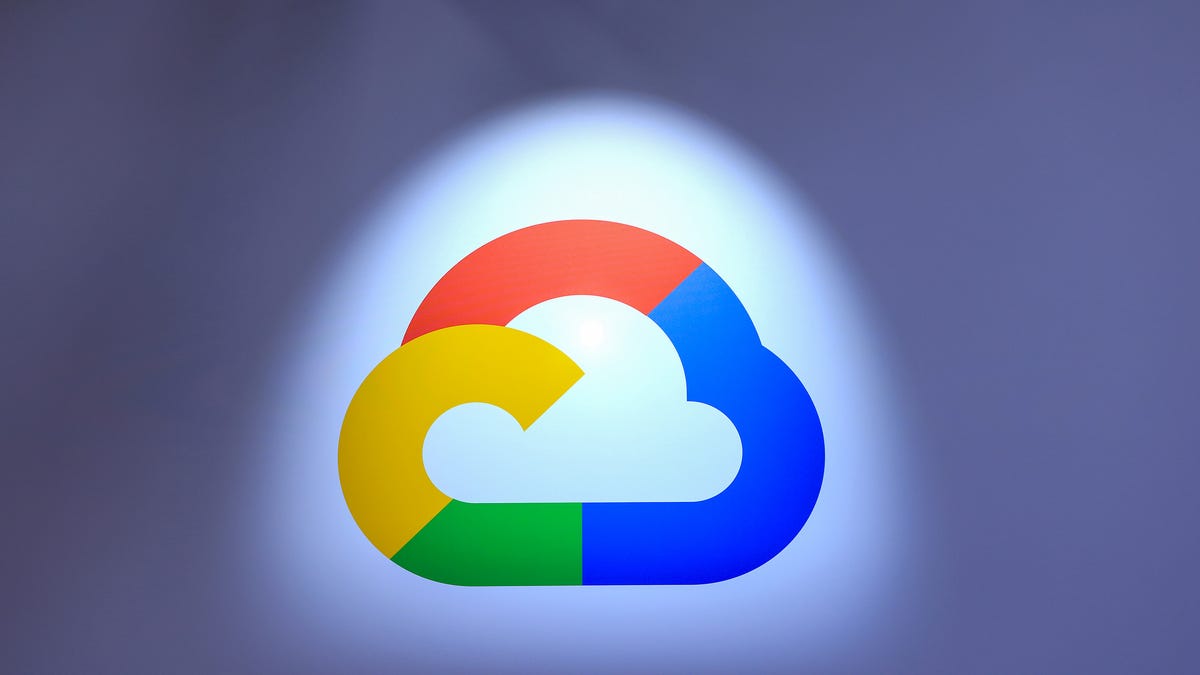Get the latest tech news
Google and HP aim to bridge remote worker gap with Project Starline
Starline uses advanced computer vision, ML and real-time compression to create a three-dimensional representation that allows life-size participants to make eye contact and perceive realistic depth, closely resembling an in-person meeting experience.
According to Google, Starline uses advanced computer vision, machine learning (ML) and real-time compression to create a three-dimensional representation that allows life-size participants to make eye contact and perceive realistic depth, closely resembling an in-person meeting experience. “With more than half of meaning and intent communicated through body language versus words alone, an immersive collaboration experience plays an important role in creating authentic human connections in hybrid environments”, said Alex Cho, President of Personal Systems at HP, in the joint announcement. For legacy companies anchored to traditional office models, and those currently issuing strict RTO mandates, adapting to more immersive remote work capabilities could be vital to attracting and retaining top talent uninterested in returning to the rigid 9-to-5 grind.
Or read this on Venture Beat

